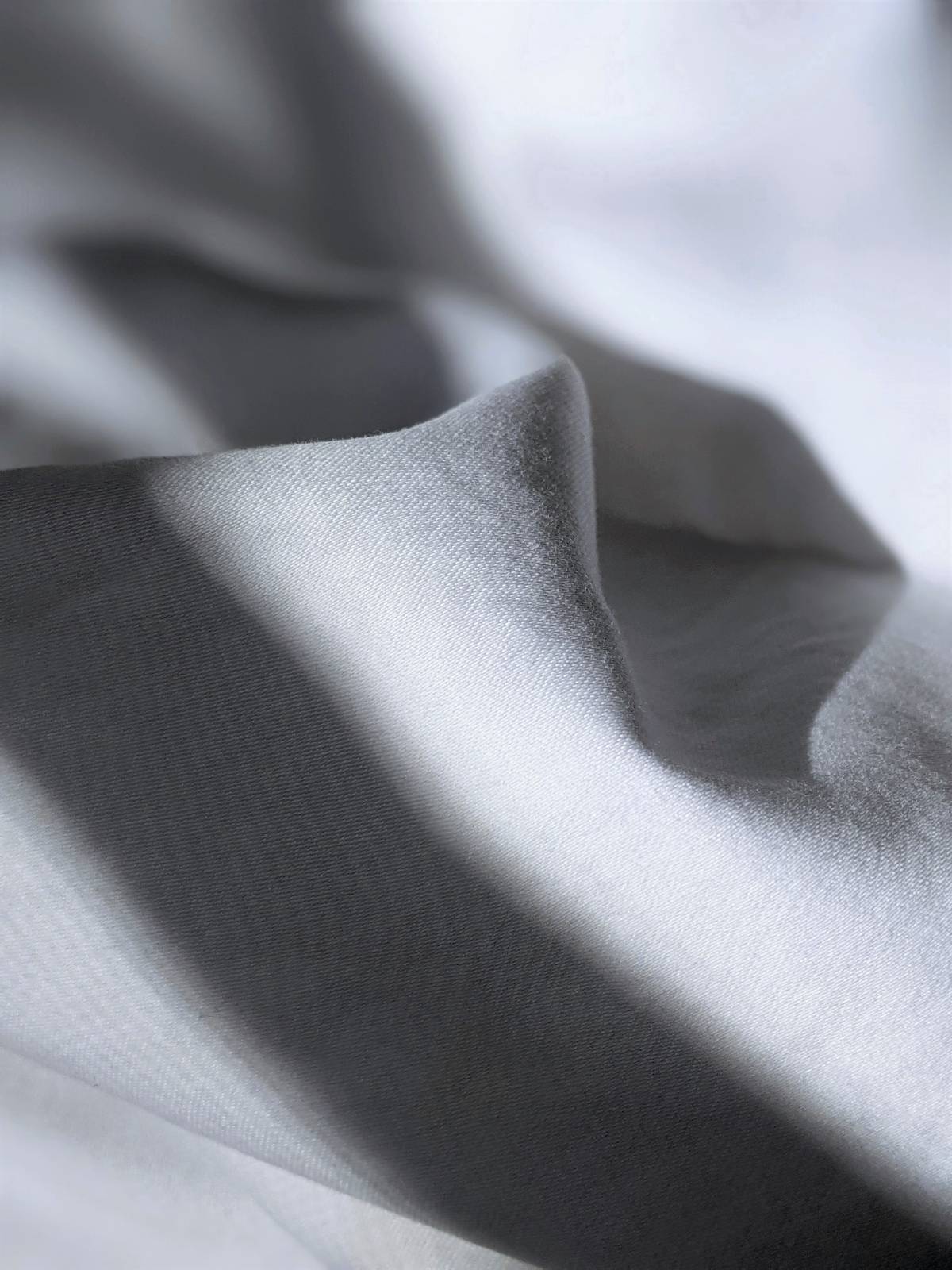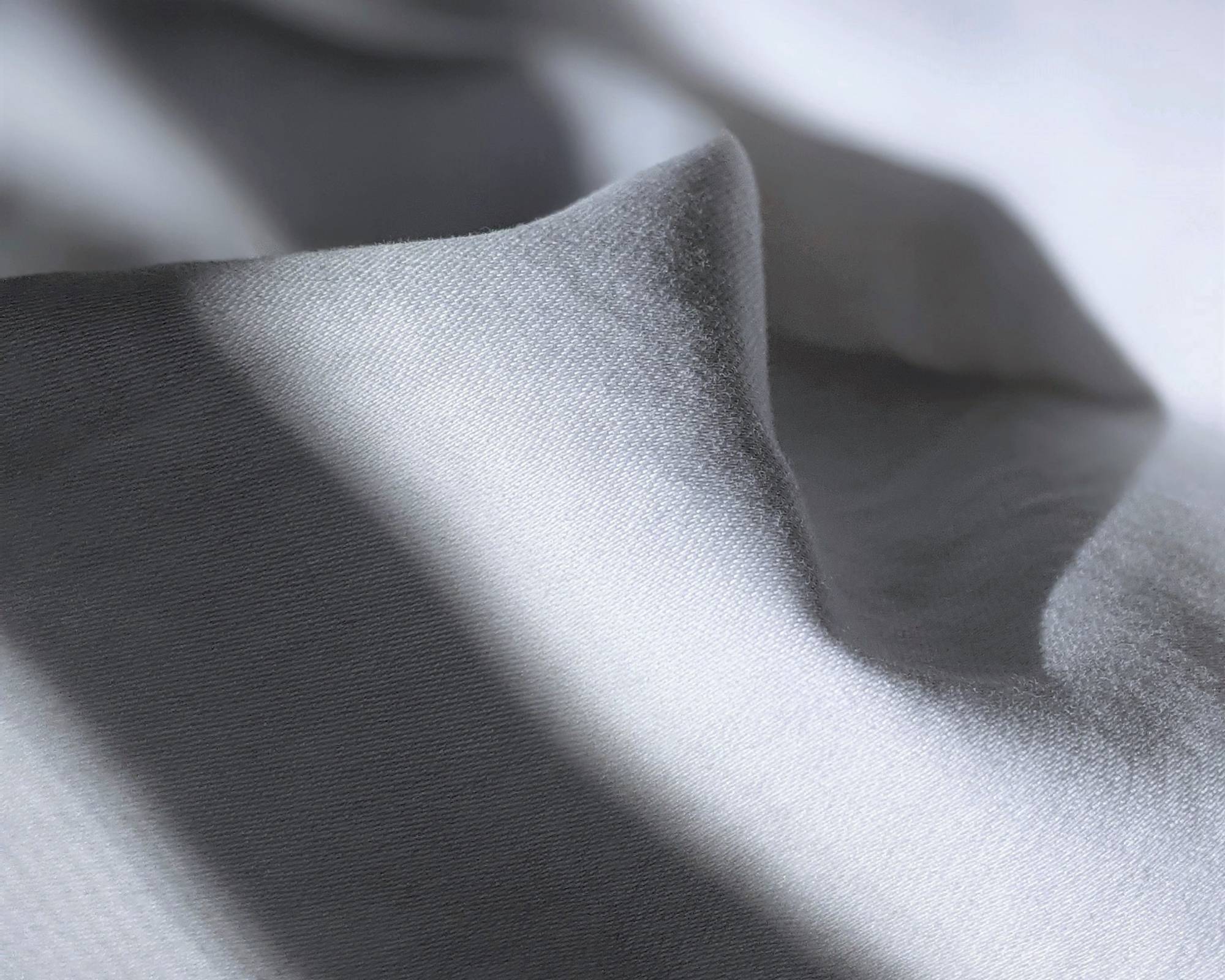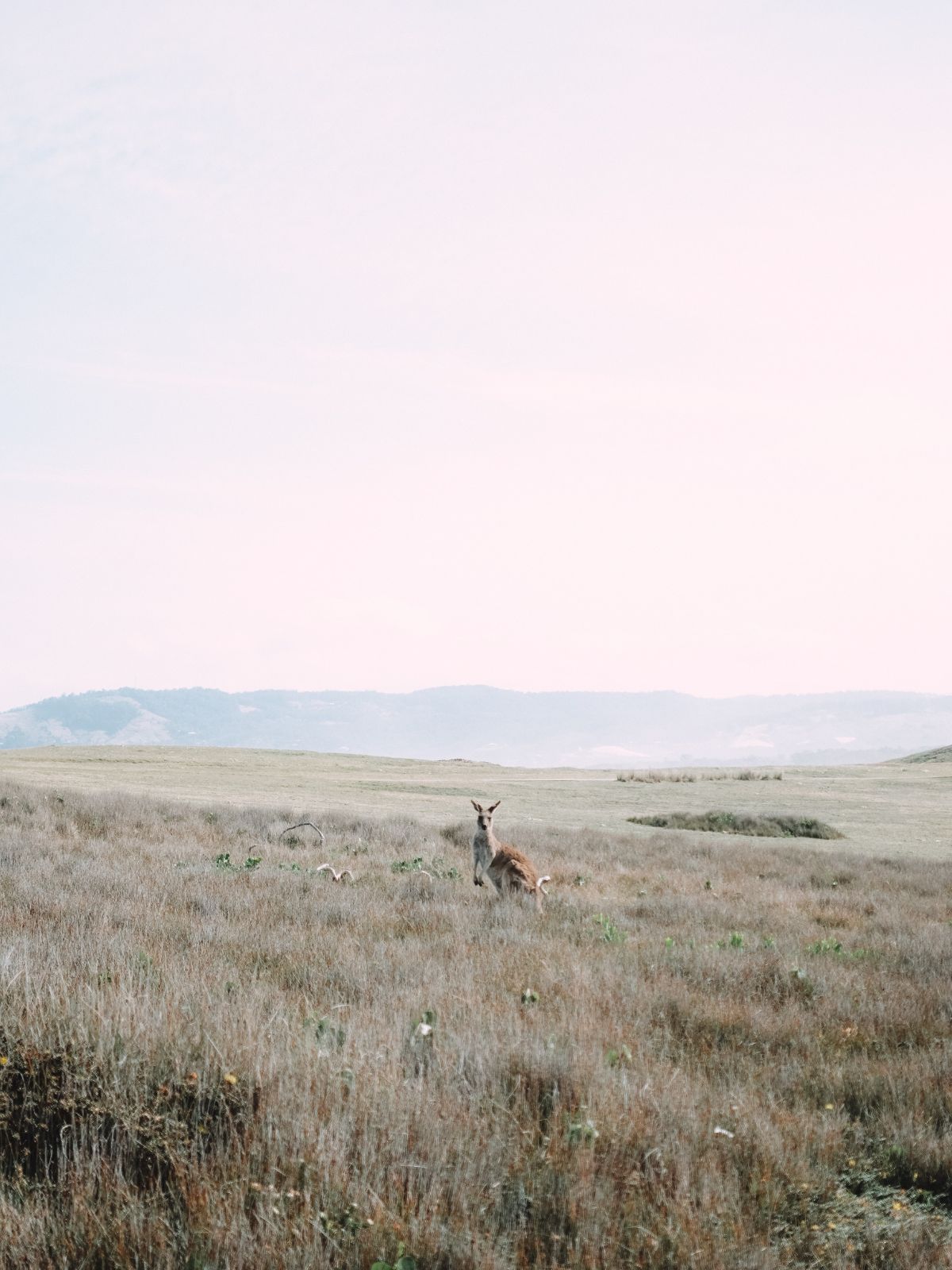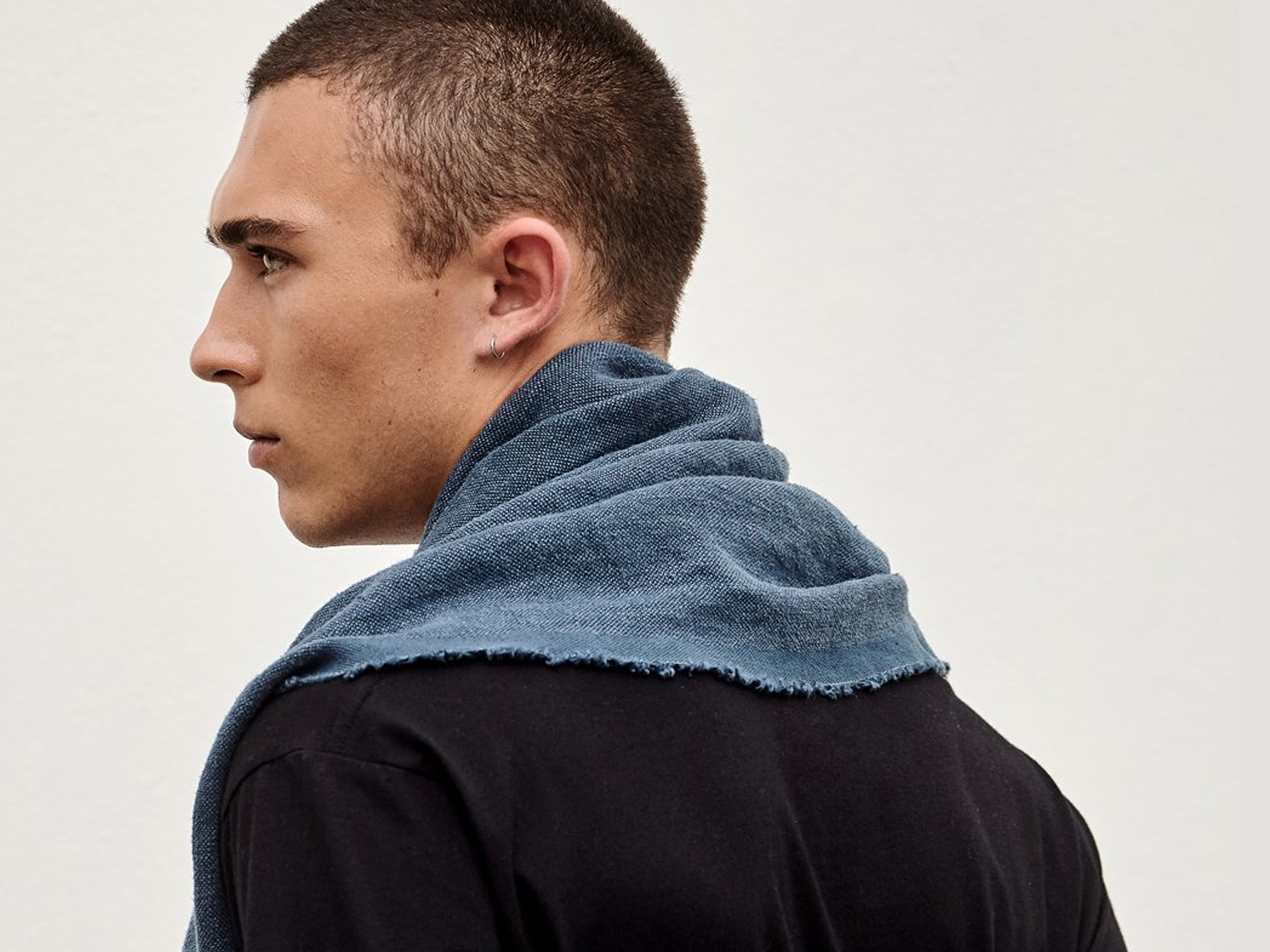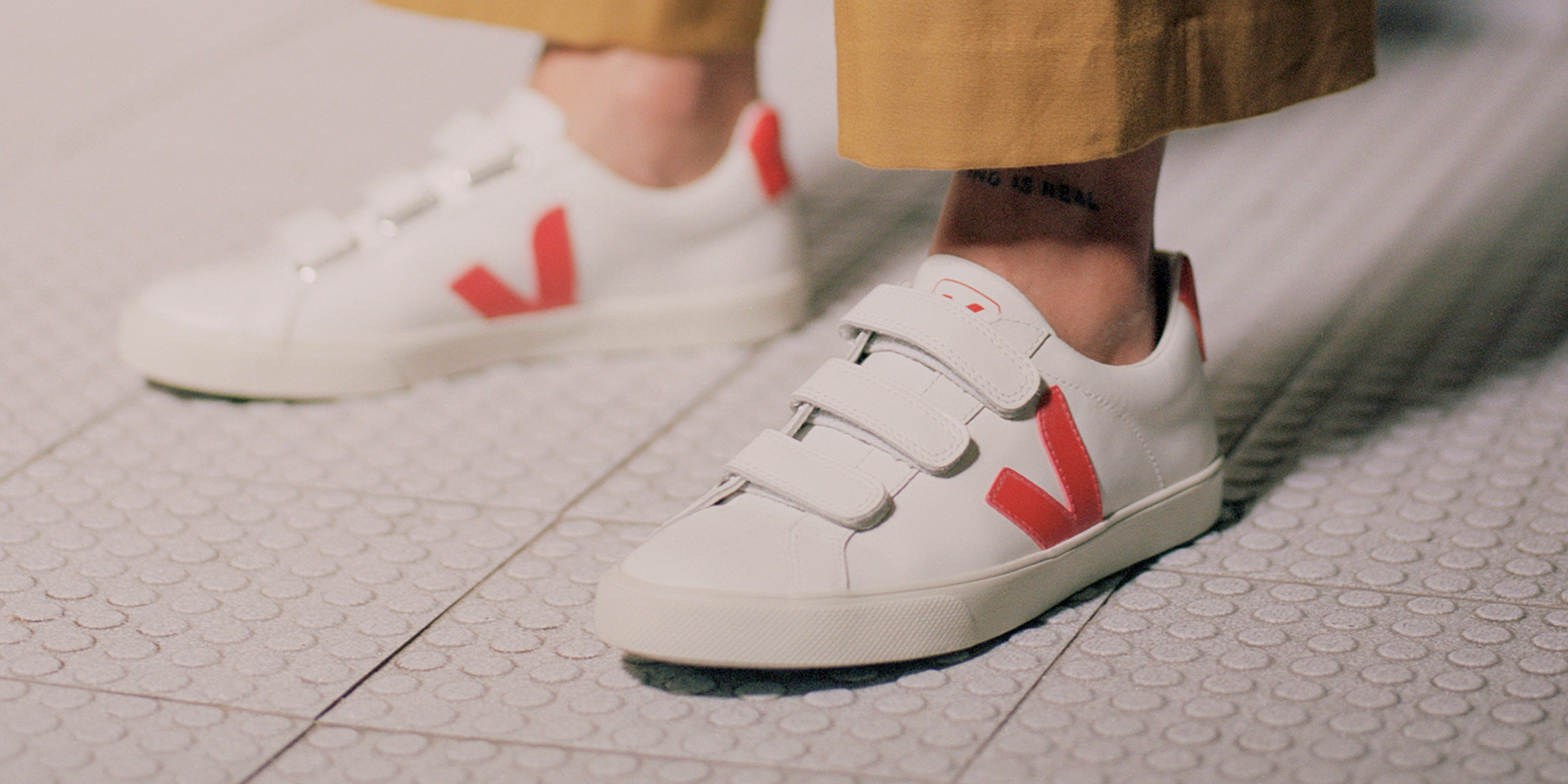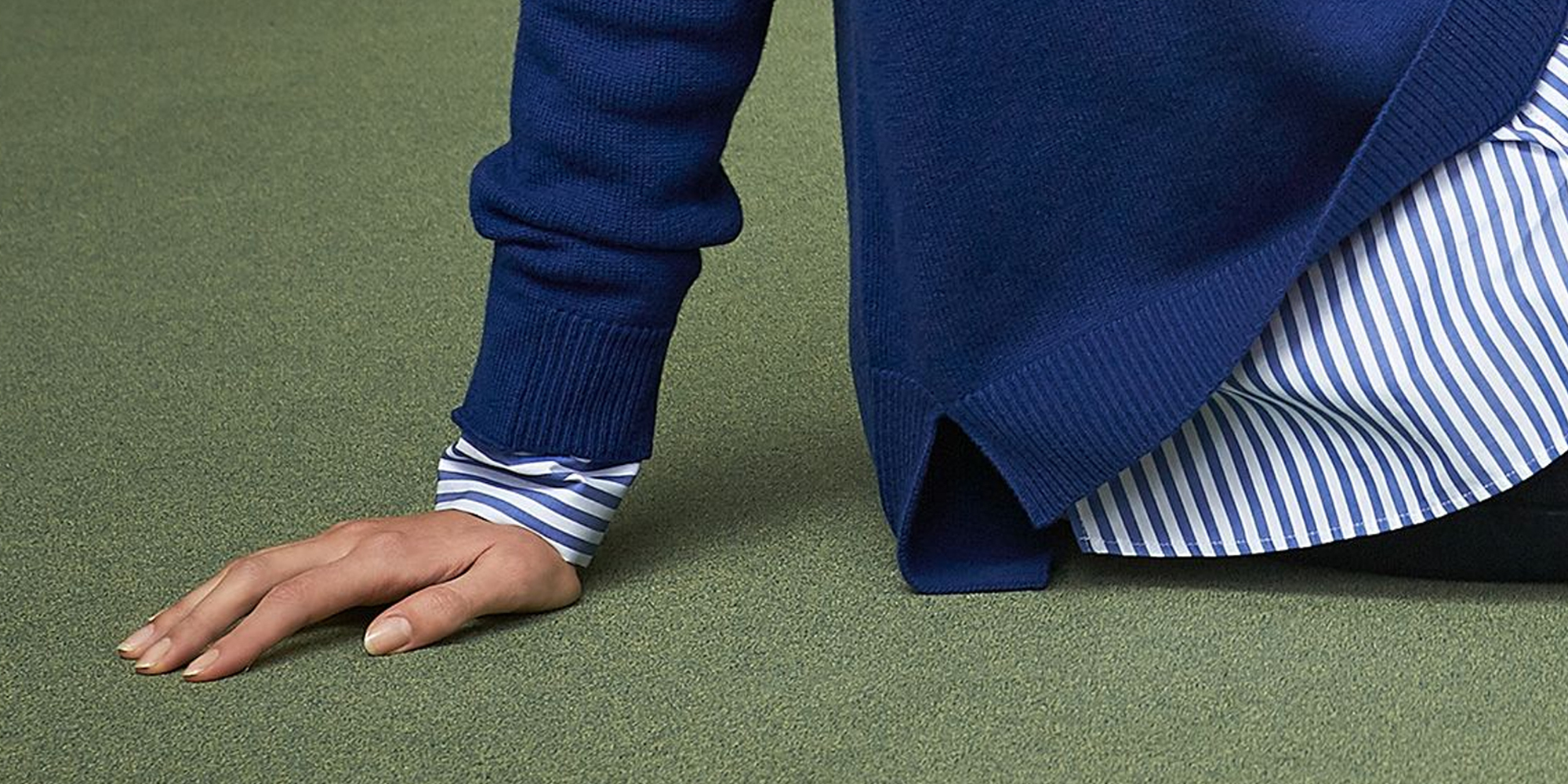Viscose is one of the most popular materials in the fashion industry, and you may know it by another name: rayon. It’s a man-made cellulosic fibre (MMCF) that is made from trees—but that doesn’t necessarily mean it’s any better for the environment, or for you. In fact, the material has become a hot-button environmental issue. Here’s everything you need to know.
What is viscose?
Viscose is often touted as a more sustainable alternative to cotton or polyester and is popular in the fashion industry as a cheaper and more durable alternative to silk. It’s often used to create drapey summer dresses, skirts, soft blouses, and synthetic velvet. But viscose isn’t just found in our clothes—it’s also used in the manufacturing of upholstery, bedding, and carpets. Viscose has a market share of around 80% of all man-made cellulosic fibres (MMCF) produced, according to Textile Exchange data.
A brief history of viscose
Viscose rayon has a truly European story. French scientist and industrialist Hilaire de Chardonnet (1839-1924) is credited with inventing the first commercial viscose fibre, as a cheaper alternative to silk. But the fabric was so flammable it was quickly taken off the market until a safer process was developed by the German Bemberg Company. In 1892, British scientists Charles Frederick Cross, Edward John Bevan, and Clayton Beadle discovered and patented the production process, and by 1905 the first commercial viscose rayon was on the market.
How is viscose made?
Viscose is derived from the cellulose (or, wood pulp) from fast-growing, regenerative trees such as eucalyptus, beech, and pine. This cellulose material is dissolved in a chemical solution to produce a pulpy viscous substance, which is then spun into fibres that can then be made into threads.
Another variation of viscose is bamboo viscose, which is made in the same way using cellulose derived from the bamboo plant.
Is viscose more sustainable?
As a plant-based fibre, viscose is not inherently toxic or polluting. However, because of the growing fast fashion industry, much of the viscose on the market today is manufactured cheaply using energy, water, and chemically intensive processes that have devastating impacts on workers, local communities, and the environment.
There are two main areas of concern when it comes to the production of viscose: the source of the wood pulp, and how it is turned into a usable fabric.
The wood pulp that makes viscose is manufactured by treating it with chemicals before being filtered and spun into a fine thread. This is a highly polluting process and releases many toxic chemicals into the air and waterways surrounding production plants. Carbon disulphide, one of the chemicals used, is another toxic ingredient which has been linked to higher levels of coronary heart disease, birth defects, skin conditions, and cancer, not just in textile workers, but also in those who live near viscose factories.
In 2017, the Changing Markets Foundation published an investigation linking fashion brands such as Zara, H&M, and Marks & Spencer to highly polluting viscose factories in China, India, and Indonesia. Concerns have also been raised regarding the devastating impact of wood pulp production on forests, people, and vulnerable animal populations.
What’s more, the production of viscose is contributing to the rapid depletion of the world’s forests, which are being cleared to make way for pulpwood plantations. Not only does this lead to habitat destruction—creating a significant threat to endangered species—but it also often involves human rights abuses and land grabbing from Indigenous communities. Organisations like Canopy work to make sure that wood pulp for viscose is not from high-risk areas, and it has now tracked 97.5% of the world’s MMCF production through its annual Hot Button Report, which charts producers’ risk levels of sourcing from Ancient and Endangered Forests.
Though the viscose production process is multifaceted, retailers play a significant role in the problem. Fast-fashion giants are placing pressure on manufacturers to produce and distribute clothes at ever increasing speeds and cheaper costs. This encourages unsustainable social and environmental practices. Big brands have the money and power to step up and encourage more responsible manufacturing, but we are yet to see enough meaningful action. Disappointingly, according to a 2020 report by the Changing Markets Foundation, “While viscose suppliers have made considerable strides to eliminate endangered forest fibres from their feedstocks over the years, some 75% of the world’s leading brands have made few to no commitments to sourcing more sustainable viscose.”
Are there better options?
As technology progresses, new materials and processes are created. ECOVERO, produced by Lenzing, is a viscose fibre made using more sustainable wood from controlled sources that are certified in Europe by either the Forest Stewardship Council or the Programme for Endorsement of Forest Certification Schemes. When compared with conventional viscose production, ECOVERO manufacture uses 50% less water and has half the carbon emissions. And nearly all of the chemicals used during the fibre’s production are recovered and reused.
TENCEL Lyocell, Modal, and upcycled viscose are more ethical and sustainable alternatives to viscose. They aren’t the only options—just the most widely available at present. As technology improves and there is a demand for more versatile lower-impact fabrics, innovations are emerging all the time. Some materials to keep an eye out for are bamboo Lyocell, REFIBRA, and Eastman Naia (specifically Naia Renew, made from a combination of responsibly sourced wood pulp and acetic acid derived from recycled materials). The materials’ producer, Eastman Chemical Company, is well rated in Canopy’s Hot Button Report.
Some bonus fibres are Infinna and Circulose—man-made cellulosic fibres that are made using cellulose derived from textile waste materials. There’s also Orange Fiber—a version of TENCEL Lyocell made using cellulose derived from waste orange peel. Note that these newer fibres may not yet be widely commercially available, and may not have been analysed against our methodology, so it’s not always possible to say for certain whether they’re truly lower-impact alternatives. However, they are promising developments in viscose and rayon alternatives and are worth looking into over conventional viscose.
According to Textile Exchange, in 2022, just 0.5% of all man-made cellulosic fibres (MMCFs) produced were created using recycled materials. But the market is seeing increased investment in this area, so with the support of brands we can expect more recycled options to become available in the coming years.
Check out the “Good” and “Great” brands using alternatives to viscose
What else can we do?
Purchase garments made from plant-based, organic, or recycled fibres, such as organic cotton, hemp, and linen, and ensure lower-impact dyes are used. Keep in mind that some “natural” materials such as conventional cotton and wool have their own ethical issues regarding environmental sustainability, labour rights, and animal welfare.
Finally, buy less and buy secondhand. Choosing well and buying fewer things is a great way to reduce your impact on the environment. When you do want to add to your wardrobe, buying pre-loved clothes is a great way to build your own unique style that is better for the environment and your bank account.
